An Introduction To E-Cigarettes and Vaping
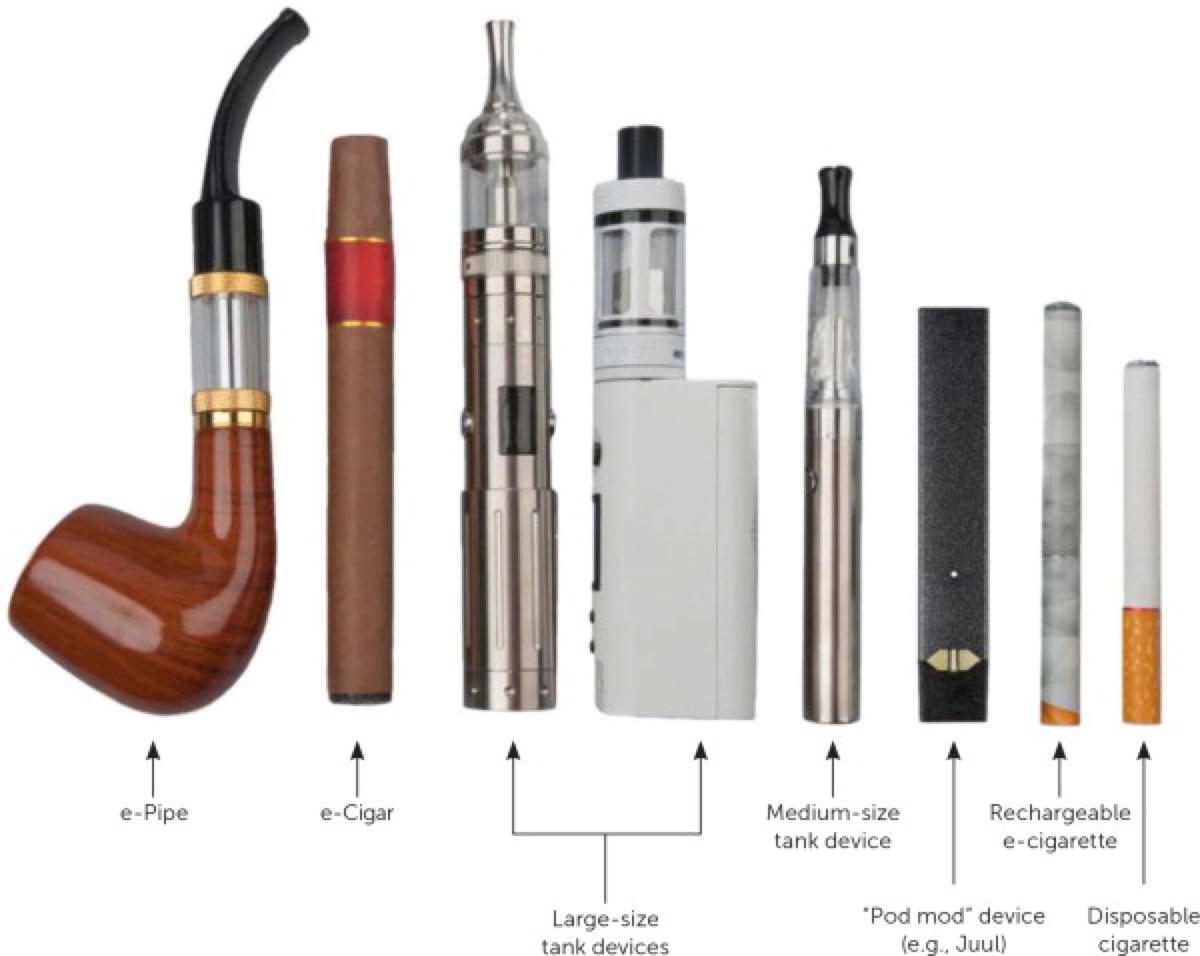
The first generation of e-cigarettes looks almost like a regular cigarette. It lights up at the end as you inhale, and as you exhale, you puff out a cloud that looks like smoke. Inside there is a battery, a heating element, and a cartridge that holds nicotine and flavourings in a liquid form. The e-cigarette has “evolved”, and there now are e-pens, e-pods, box modes and tanks, which vary in shape and size.
How Does the E-Cigarette Work?
A battery-powered device converts liquid nicotine into a mist, or vapor. [i]
Kids’ Nicotine Poisoning is repeatedly reported to Poison Control Centers

At least 1 in 5 smokers has tried e-cigarettes, as have 10 percent of U.S. high school students, according to the U.S. Centers for Disease Control and Prevention.[ii]
Over half of the 2,405 calls to poison centers between September 2010 and February 2014 concerned children 5 and under who had come into contact with e-cigarettes.[iii]
Calls to poison control centers nationwide, including Minnesota and Oklahoma, according to the New York Times, have increased sharply with poisoning typically related to young children. Symptoms often include agitation as well as nausea, vomiting, diarrhea and confusion as signs of early toxicity.
Why E-Cigarettes Are More Dangerous than Conventional Cigarettes
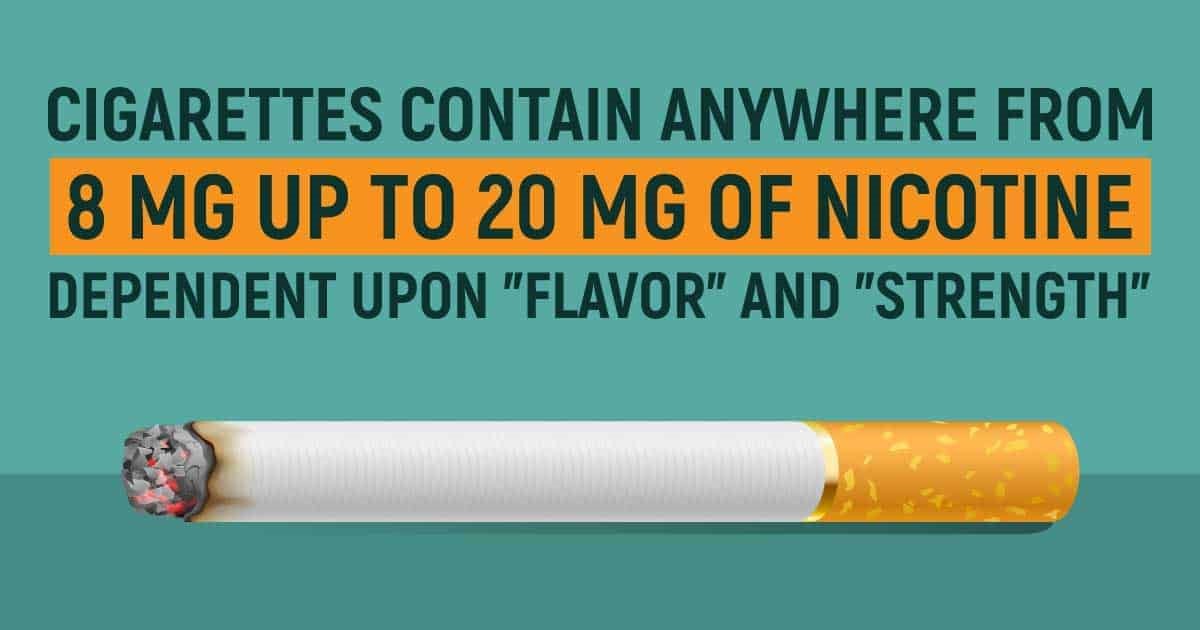
#1 Nicotine Concentration
They state that e-cigarettes and vaporizers contain fewer types of chemicals than traditional cigarettes.[iv] However, when using e-cigarettes, or similar products with nicotine e-liquid, intake per puff and absorption of it is very different from regular cigarettes. Let’s say you are getting a 10 ml bottle of 12 mg strength e-liquid. The 12 mg strength tells us that there is 12 mg of nicotine in each millilitre. Given that each 10 ml bottle of “e-juice” is equal to roughly 9 packs of cigarettes, and each pack has 20 cigarettes, and each cigarette has roughly 20 puffs, there are roughly 3600 puffs (2-3 seconds each) in a 10 ml bottle of e-juice.[v]
With concentrations varying in typical solutions of nicotine (2-3%) but up to 7-10 percent in some cases, the potential for nicotine toxicity and death is real. Ingestion or skin exposure to small amounts of such solutions, ranging from one teaspoon to a tablespoon based on body weight and skin morphology, carries with it the potential for serious toxicity or even death.[vi]
#2 Nanoparticles (=very small particles of toxins that do more damage)
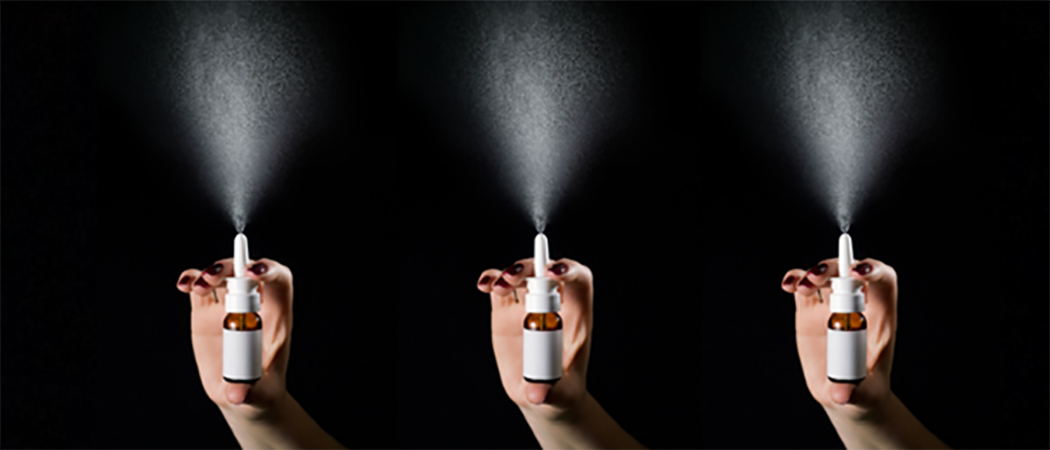
E-cigarettes deliver high levels of nanoparticles, the researchers found, which can trigger inflammation and have been linked to asthma, stroke, heart disease, and diabetes. Vapers can inhale huge numbers of very small aerosols — the most toxic size — that can then deposit into the lung’s tiniest airways, which are pivotal to moving air into the body.[vii] Such small particles are much more easily absorbed than toxins from regular cigarettes, and this is where the danger comes from.
The mass of particles in the vapours is about 3 milligrams per cubic meter of air, or about 100 times as high as the Environmental Protection Agency’s 24-hour exposure limit for levels of fine air particles. Thornburg’s group’s analyses predict that some 40 percent of these inhaled particles would deposit in the lungs’ smallest, deepest airways.[viii]
Blood Vessels Damage
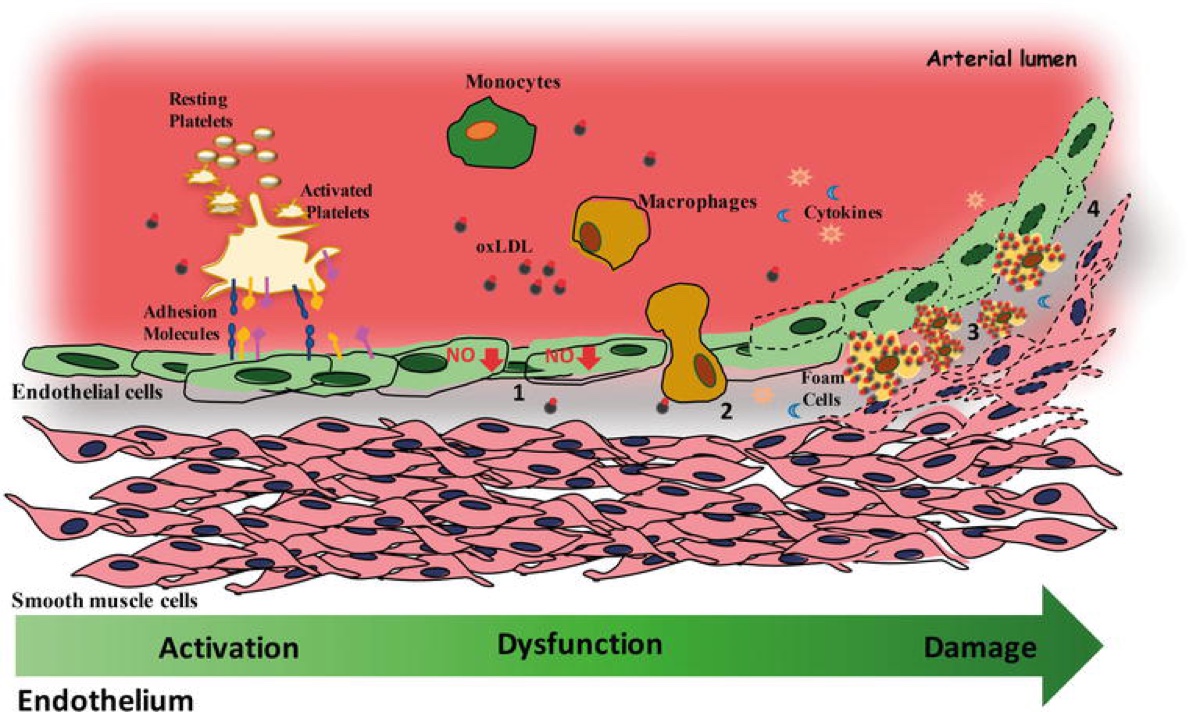
The picture above illustrates how the lining of your arteries (=endothelium) gets damaged by nicotine and other cigarette toxins:
a) the platelets (=cells causing blood clots) get activated and attached to the artery,
b) antioxidants (Nitric Oxide, or NO) reduce and free radicals, damaging your cells, increase
c) the white blood cells called macrophages start “eating” fat and turn into foam cells, which attach to the artery wall and form plaque.
The result of all of these changes is endothelium dysfunction: the artery cannot dilate properly and becomes prone to plaque formation, as well as its instability and thrombi formation.
Eventually, this may lead to damage of the endothelium, when its muscles lose their function, and blood vessels will have a diminished ability to contract and expand.
These changes in endothelium increase the risks of heart attack and stroke.
Other Side Effects of Vaping

Aside from the general issues with continuing the usage of nicotine, the following are some of the side effects that may occur while vaping:
- Dry skin
- Rash/burning sensation on face
- Itchiness
- Puffy/dry eyes
- Caffeine sensitivity
- Nose bleeding or dry mouth – due to drying effect PG (propylene glycol)[ix]
- Resistance to antibiotics
Note: Using e-cigarettes can make bacterial infections resistant to antibiotics.[x] Germs exposed to nicotine-rich vapours secreted a thicker biofilm coating that protected them. According to research, mice getting vapour-exposed germs had three times as many bacteria growing in their lungs as did mice that got unexposed germs.[xi]
Evolution of E-Cigarettes And Vaporizers
E-cigarettes contain at least traces of the solvents in which nicotine and flavourings had been dissolved. The solvents (a solvent mix of glycerin and propylene glycol used in cigarettes) are lung irritants and can transform into something even more worrisome: carbonyls. This group includes known cancer-causing chemicals, such as formaldehyde, and suspected carcinogens, such as acetaldehyde.
The external appearance, design, battery power, atomizers, and nicotine delivery of e-cigarettes have “evolved” over the last decade.
2nd Generation of E-Cigarettes
Because early e-cigarettes didn’t deliver the same powerful hit of nicotine that burning tobacco did, engineers developed second-generation technology that allowed users to increase an e-cigarette’s voltage, and thus temperature, to atomize more nicotine per puff.
But the higher temperatures also can trigger a thermal breakdown of the solvents, producing the carbonyls.[xii]
3rd Generation
Third-generation e-cig devices are composed of one or more heating coils (atomizer) plus a lithium battery. The e-cig device’s power controller can operate at various voltages. These e-cig devices also have a reservoir, into which the e-cig liquid (e-liquid) is introduced.[xiii]
4th Generation
Fourth-generation ECs or pods have low-powered batteries, an e-liquid reservoir, and an atomizer/mouthpiece. They contain high concentrations of nicotine and acid.
Atomizers are required components for aerosol production in e-cigarettes. Since elements in the atomizers can leach into the e-fluids or transfer to the aerosols when the e-fluids are heated, it is important to know what these elements are that users can get exposed to.
Researchers examined 11 fourth-generation EC pods from six brands/manufacturers. Of 23 elements they identified in the pod atomizers, 11 — nickel, chromium, iron, gold, copper, zinc, tin, oxygen, silicon, carbon, and sodium — were present in relatively high abundance. Some of these elements have been linked to human illnesses, including cardiovascular diseases, immune system suppression, lung injury, cancer, renal damage, neurotoxicity, and silicosis. Nickel, chromium, iron, and gold were found to be the most abundant elements in fourth-generation EC atomizers.
“We now know what elements users may be inhaling by using fourth-generation products, commented the scientists.”[xiv]
Summary: As you see, the “evolution” of the e-cig has not brought more health to smokers, on the opposite, more and more chemicals in higher concentrations have been introduced with each new “generation”.
What Ingredients Are Found in the “E-Juice”?

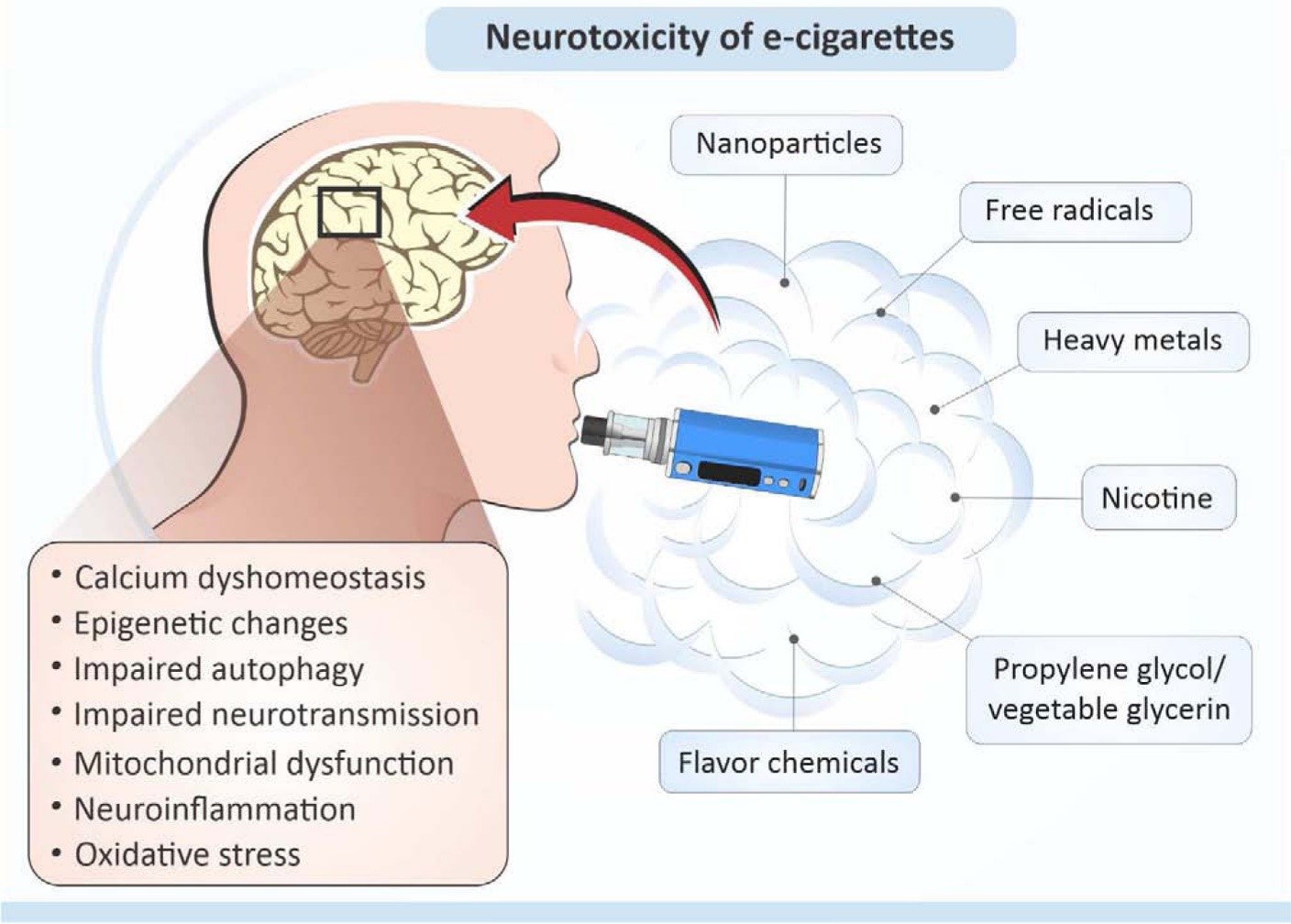
E-cigarettes contain at least traces of the solvents in which nicotine and flavourings had been dissolved. The solvents (a solvent mix of glycerin and propylene glycol used in cigarettes) are lung irritants and can transform into something even more worrisome: carbonyls. This group includes known cancer-causing chemicals, such as formaldehyde, and suspected carcinogens, such as acetaldehyde.
| Chemical | Effect on Human Body |
|---|---|
| Nanoparticles | See paragraph “Nanoparticles” |
| Propylene Glycol | The mist contains propylene glycol mist, which may cause respiratory inflammation and eye irritation. Propylene glycol is used in windshield wash and other anti-freeze, and in smoke machines at dances or the theater. [xv] “Implicated in contact dermatitis, kidney damage and liver abnormalities; can inhibit skin cell growth in human tests and can damage cell membranes causing rashes, dry skin and surface damage. May be harmful by inhalation, ingestion or skin absorption. May cause eye irritation, skin irritation. Exposure can cause gastro-intestinal disturbances, nausea, headache and vomiting, and central nervous system depression.” [xvi] |
| Chemical Flavors (“yummy” addition to the “Juice”) | Most flavors contain MSG and other chemicals that may cause allergies, digestive issues, nervous cell damage, and other side effects associated with the toxic ingredients. Yummy flavors, such as “gummy bear,” “cotton candy,” and “bubble gum” may encourage teenagers (and adults) to try e-cigarettes, and they are resulting in accidental poisonings among children. [xvii] |
| Nitrosamine | Many nitrosamines are among the most potent cancer-causing agents found. [xviii] |
| Formaldehyde | E-cigarette vapor can contain cancer-causing formaldehyde at levels up to 15 times higher than regular cigarettes, a new study finds. [xix] Formaldehyde is a potent carcinogen. Exposure to formaldehyde can result in respiratory symptoms, and eye, nose, and throat irritation, as well as is associated with lung and nasopharyngeal cancer. When used at low voltage, e-cigarettes did not create any formaldehyde-releasing agents, the researchers found. However, high-voltage use released enough formaldehyde-containing compounds to increase a person's lifetime risk of cancer five to 15 times higher than the risk caused by long-term smoking, the study said. [xx] |
| Heavy Metals | See paragraph “Evolution of E-Cigs” |
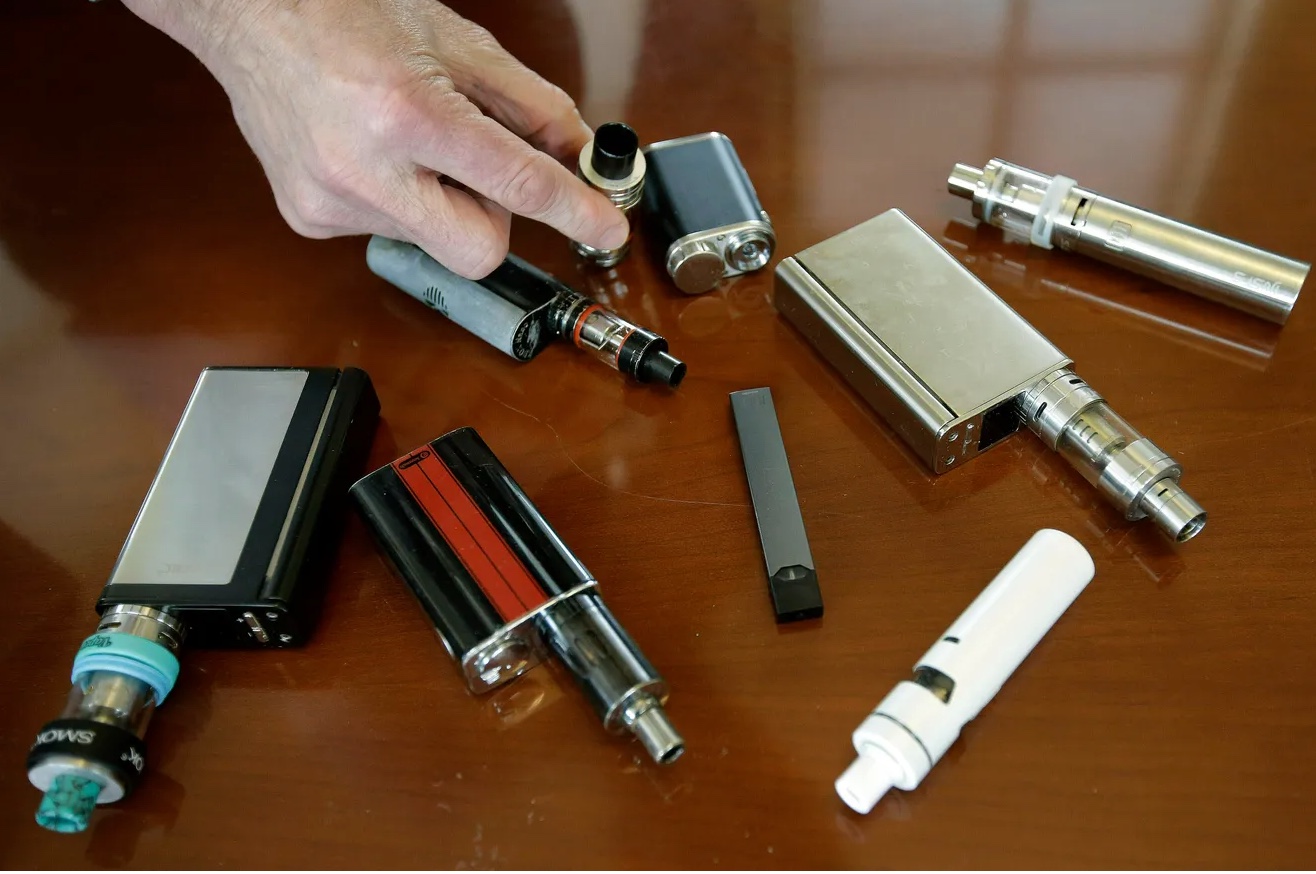
Summary: The biggest problem with e-cigarettea and vaporizers, besides perpetuating an addictive habit, is that one can seriously overdose on the nicotine due to its high concentration in the liquid. Additionally, the dispersed microscopic particles of nicotine may cause more harm than just smoking a cigarette, as those tiny particles penetrate into the lungs and little alveoli much deeper. So e-cigarettes and vaporizers are just another marketing idea that is capitalizing on a smoker’s addiction and not a real solution.
Disclaimer:
Though many of our guests receive wonderful results, the Fresh Start does not guarantee health recovery from any specific disease or symptom, or degree of its improvement, as the healing process is individual, gradual, multi-layered and depends on many factors. Please be realistic in expectations as there is no such thing as quick fixes when it comes to healing.
References:
[i] http://science.howstuffworks.com/innovation/everyday-innovations/electronic-cigarette.htm
[ii] https://www.sciencenews.org/article/health-risks-e-cigarettes-emerge
[iii] http://www.stopcancerfund.org/uncategorized/are-e-cigarettes-safer-than-regular-cigarettes/
[v] http://www.180smoke.com/blogs/e-cigarette-faq/9244123-how-do-i-choose-nicotine-level-strength
[vi] http://www.forbes.com/sites/robertglatter/2014/03/24/the-real-danger-of-liquid-nicotine
[vii] https://www.sciencenews.org/article/health-risks-e-cigarettes-emerge
[viii] https://www.sciencenews.org/article/health-risks-e-cigarettes-emerge
[ix] http://www.ecigalternative.com/vaping-side-effects.htm
[x] https://www.sciencenews.org/article/health-risks-e-cigarettes-emerge
[xi] https://www.sciencenews.org/article/health-risks-e-cigarettes-emerge
[xii] https://www.sciencenews.org/article/health-risks-e-cigarettes-emerge
[xv] http://www.stopcancerfund.org/uncategorized/are-e-cigarettes-safer-than-regular-cigarettes/
[xvi] American Academy of Dermatologists, Inc.; Jan ‘91
[xvii] http://www.stopcancerfund.org/uncategorized/are-e-cigarettes-safer-than-regular-cigarettes/
[xviii] A Consumer’s Dictionary of Cosmetic Ingredients, p. 134

